Depreciation Rates: Electric Vehicles vs Conventional Cars
By Sebastian Orellana
Updated Feb 17, 2024
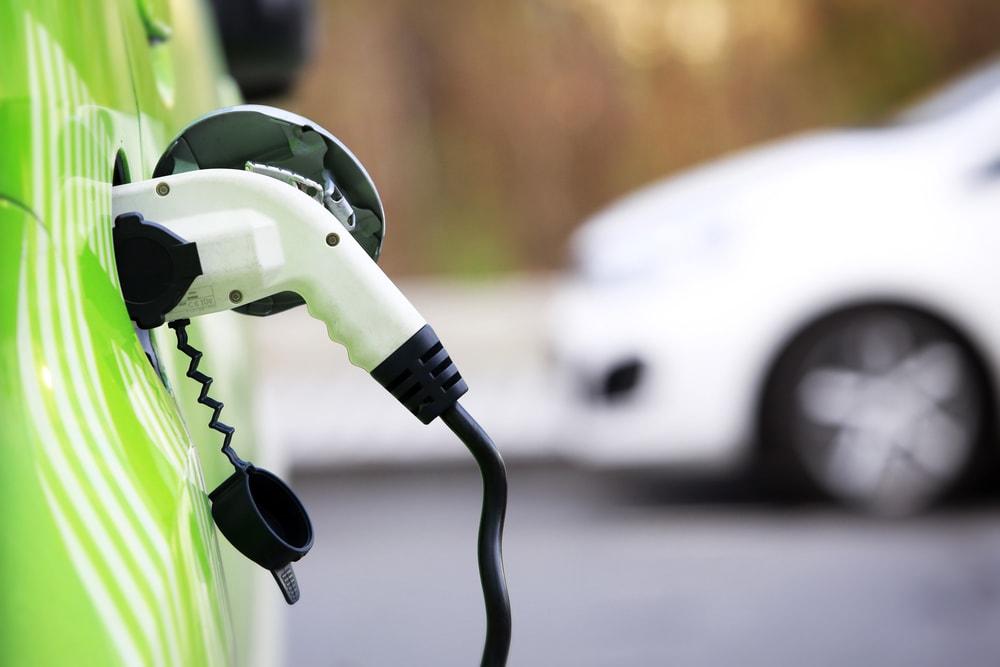
Whether you're a current vehicle owner, in the market to buy a new car, or involved in the manufacturing process, understanding car depreciation is essential. This article provides in-depth information on car depreciation, considering its definition, factors influencing it, and its general implications for the owner and the market. Additionally, we delve into the depreciation rates for both conventional cars and electric vehicles, providing a comprehensive comparative analysis.
Table of Contents
Future trends, technological advances, and how these aspects impact depreciation rates are also discussed. Lastly, we examine the implications of car depreciation for consumers and manufacturers and strategies to minimize it. Dive in to better grasp this crucial aspect of automobile economics.
READ: Electric Truck Conversion Kit
Understanding Car Depreciation
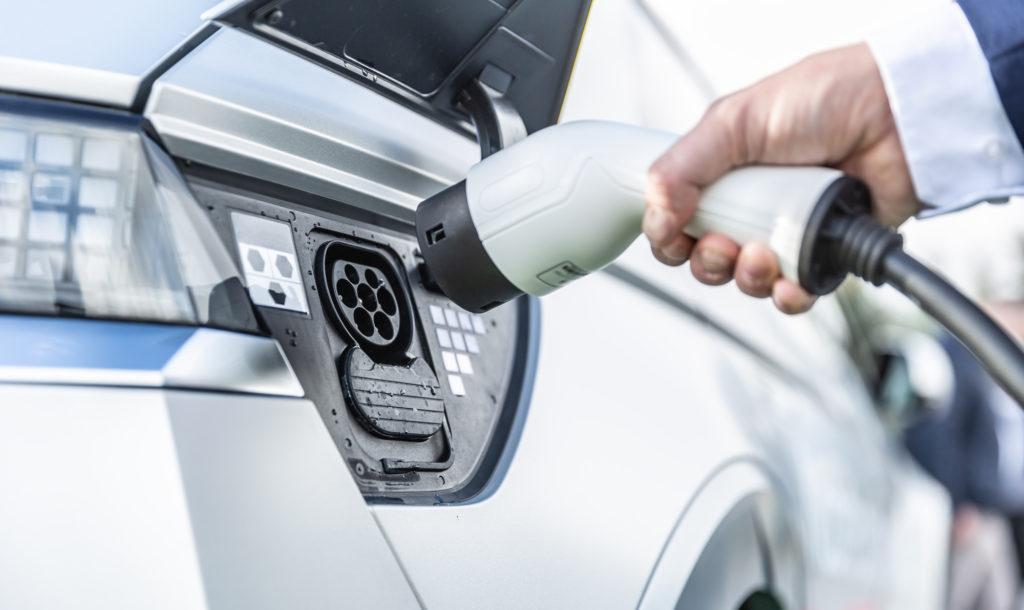
Car depreciation is a critical element for anyone considering the purchase of a new or used vehicle. The rate at which a vehicle depreciates significantly influences its value over the subsequent years after purchase. This section provides an overview of car depreciation, the influencing factors, and its implications for car owners and prospective buyers.
Definition of Car Depreciation
Car depreciation refers to the continual reduction in the value of a car from the time of its purchase. It represents the difference between the original value of a vehicle when it was new and its value after a given usage period. The concept of depreciation applies to all cars, whether new or used.
Depreciation is a universal concept in the life of all physical assets, and cars are no exception. Like all material items, vehicles wear and tear over time, which, in turn, diminishes their value. However, unlike many other assets, cars depreciate much faster.
Depreciation starts when a brand-new car gets driven off the dealership’s lot. Studies have shown that the average automobile could lose up to 20% of its original value in the first year alone. After that, the rate of depreciation slows down but continues at a steady rate throughout the car's life span.
Factors Influencing Car Depreciation
Several factors can influence the rate of car depreciation. One critical determinant is the make and model. Some brands and models maintain their value better than others due to the manufacturer's reputation, demand, supply, and overall car reliability.
Another influencing factor is car mileage. The higher the mileage of a vehicle, the faster it depreciates. High mileage signifies substantial wear and tear and often higher maintenance costs. These costs, combined with the wear and tear, reduce a car's value significantly.
The condition of the car and how well it is maintained also impact the depreciation rate. Very well-kept cars can maintain a much higher value than poorly maintained ones. Exterior and interior damage, mechanical issues, and frequency of servicing can all impact the depreciation speed.
Implications of Car Depreciation
The understanding of car depreciation has significant financial implications for buyers and sellers. A quick depreciation rate can result in a substantial loss of potential sales profits for sellers. This is particularly true for individuals who sell their cars soon after purchase.
For buyers, on the other hand, depreciation can be a determinant factor in their purchase decision. Understanding depreciation rates can help them to decide whether to buy new or second-hand vehicles. For instance, purchasing a 1-2-year-old car could save buyers the initial depreciation hit that happens to new cars.
Moreover, understanding depreciation rates can also benefit individuals considering leasing vehicles. Lease payments are primarily based on the predicted depreciation of the car, so understanding this can help negotiate a favorable lease deal.
Car depreciation is a significant factor that can have considerable financial implications for buyers and sellers. Therefore, understanding this concept is critical for making informed decisions in the car market.
READ: Do electric Cars Have Transmissions?
Depreciation Rates of Conventional Cars
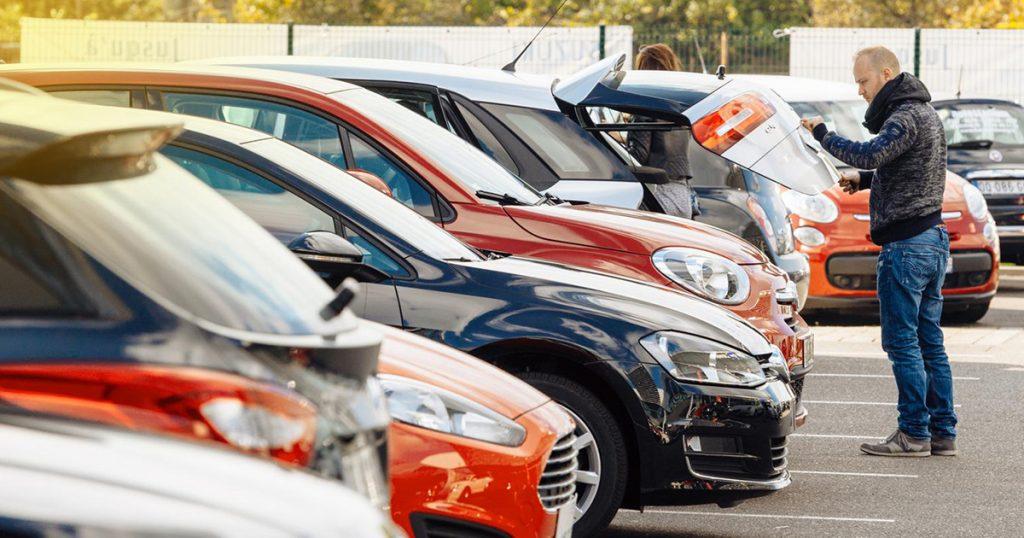
Depreciation refers to the reduction in the value of a car over a given period due to wear and tear, age, and miles driven, among other factors. The depreciation rate of conventional cars is typically higher than that of electric or hybrid vehicles. This is primarily because of the rapid technological advancements and the subsequent introduction of new and improved car models, which essentially render older versions obsolete.
Consequently, the demand for older models decreases, lowering their resale value. For instance, a brand-new conventional car can lose as much as 50% of its value within the first three years of usage. The depreciation rate can also fluctuate based on the car's make and model, mileage, overall condition, and market demand.
How Depreciation Rates are Determined for Conventional Cars
Several factors usually determine the depreciation rate for conventional cars. One major factor is the initial cost of the vehicle. High-end luxury models often depreciate at a higher rate compared to economy cars. The demand for used luxury cars is limited due to the high cost of maintenance and parts cost. Another significant determinant of the depreciation rate is the car's mileage.
High-mileage cars tend to depreciate faster because the high mileage indicates that the vehicle might require major repairs shortly. The car's overall condition also plays a significant role in its depreciation. A vehicle that has been properly maintained and has minimal wear and tear will depreciate at a slower rate than one in poor condition.
Examples of Depreciation Rates in Various Conventional Cars

To illustrate the principle of depreciation, consider two popular car models: The Honda Accord and the BMW 7 series. The Honda Accord, a favorite among middle-income consumers, typically has a depreciation rate of approximately 35% over the first three years. This means that if you buy a Honda Accord for $25,000, it will likely be worth $16,250 after three years. On the other hand, the BMW 7 series, a luxury car, depreciates at a much higher rate of about 60% over the same period. Therefore, a BMW 7 series that costs $70,000 will have an estimated value of $28,000 after three years. These examples demonstrate how factors such as the initial cost and type of car significantly influence the depreciation rate.
Factors Affecting Depreciation Rates of Conventional Cars
As previously mentioned, several factors affect the depreciation rate of conventional cars. One of the significant factors is the age of the vehicle. Generally, the newer the car, the faster its value depreciates. Mileage also has a substantial impact on depreciation. Typically, the more miles a car has, the less it will be worth, regardless of age. The make and model of the vehicle also play a role in determining its depreciation rate.
Some brands and models are generally known to hold their value better than others. Finally, factors such as the condition of the vehicle, its maintenance history, and market demand can significantly affect the vehicle’s depreciation rate. For instance, a car that has been properly maintained and has a complete service history is likely to depreciate slower than one that has been neglected or mishandled.
Depreciation Rates of Electric Vehicles (EVs)
Depreciation is a significant factor to consider when purchasing a vehicle, whether a conventional internal combustion engine or an electric vehicle. While all cars depreciate over time, the depreciation rate varies across different models, manufacturers, and vehicle types. In this article, we will endeavor to provide a comprehensive understanding of the depreciation rates of Electric Vehicles (EVs), including the factors that determine these rates, examples of depreciation rates in various EVs, and the elements which affect these rates.
How Depreciation Rates are Determined for EVs
The fundamental understanding of the depreciation rate of an EV stems from that of any vehicle. Depreciation is the difference between what you pay for a car and what you sell it for later. The steeper the depreciation curve, the more value a car loses in a shorter timeframe.
Depreciation rates for electric vehicles are fundamentally determined by the same factors that affect all cars. The first and most impactful factor is the initial purchase price of the vehicle. Cars with higher initial costs generally have higher depreciation rates. However, what makes the distinction for EVs is the additional consideration of federal and state-level incentives and rebates for electric vehicle purchases, which reduce the effective cost paid by the consumer. These incentives could significantly influence the depreciation rate of an EV which we must account for while determining the actual cost of ownership.
The second factor to consider is the demand and supply dynamics in the used vehicle market—higher demand for a model or brand results in lower depreciation. In the case of electric vehicles, models from popular brands like Tesla hold their value better than their counterparts.
Examples of Depreciation Rates in Various Electric Vehicles
Let's illustrate the depreciation rates of different models of electric vehicles for better understanding.
According to research by iSeeCars.com, the average depreciation rate of electric vehicles is higher than gasoline cars. For instance, the Nissan Leaf, one of the most popular EVs, has a depreciation rate of approximately 70% in the first five years. This high rate could be partially attributable to the significant federal and state-level incentives, lowering the effective upfront cost and inflating the depreciation rate.
On the other hand, Tesla Model S, a high-end EV, has a five-year depreciation rate of about 40%, significantly lower than the industry average. It's explained by Tesla's strong brand image, high customer satisfaction levels, and exceptional performance, making them highly sought after in the used car market.
Factors Affecting Depreciation Rates of Electric Vehicles
Various factors can influence EV depreciation rates:
- Battery lifetime - One primary concern for potential EV buyers is the battery lifespan. Older EV models with depleted batteries are seen as having less value, thus increasing their depreciation rate.
- Technological advancement - The fast pace of development in the electric car industry can cause quicker depreciation. As new models with improved features, extended range, and better efficiency are introduced, older models may lose their value faster.
- Incentives - As stated earlier, government policies and incentives can considerably affect depreciation rates. High upfront incentives can reduce the initial purchase price but may result in higher depreciation as the effective cost is lower.
Understanding the depreciation rate of your electric vehicle can significantly impact its lifetime costs and should be an essential factor to consider when deciding to invest in an electric vehicle. It's about solving the tact that electric cars, like any machines, depreciate over time, and considering this factor early into the purchasing decision could enhance the usage experience and value perception.
Comparative Analysis: EVs vs Conventional Cars Depreciation Rates
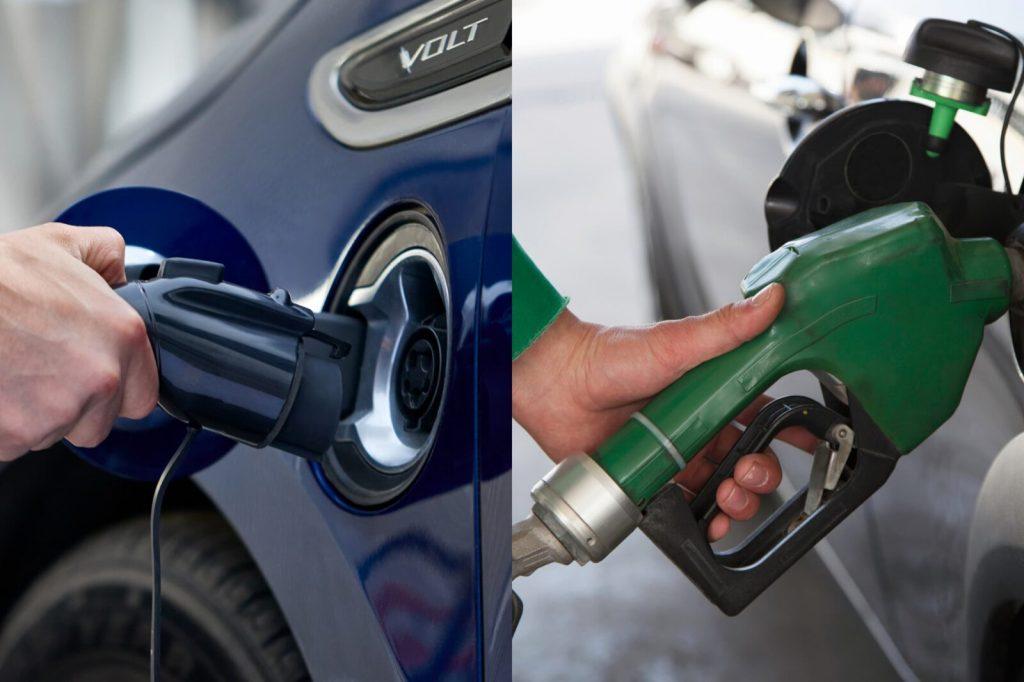
Depreciation is a critical aspect of automotive ownership. It accounts for a significant part of the total cost of ownership, more so than fuel costs, insurance, or maintenance. This makes it a crucial factor for both consumers purchasing a new vehicle and fleet owners. There are notable differences in their respective depreciation rates when comparing electric vehicles (EVs) and conventional cars.
Electric vehicles (EVs), hailed for their environmental benefits and fuel efficiency, are often criticized for depreciating faster than their internal combustion engine (ICE) counterparts. On average, new EVs depreciate up to 60% within the first three years compared to just 40% for conventional cars. However, it's important to note that these figures vary widely based on the car's model, its brand, the condition of the vehicle, and other factors.
Factors Affecting Higher Depreciation Rates of EVs
One major contributing factor to the high depreciation rates of EVs is the rapid advances in battery technology. This entails that older models quickly become outdated and less desirable in the resale market, thus lowering their value. Further, the cost and feasibility of replacing old batteries also hinder. Additionally, the limited range of older EV models and the lack of robust charging infrastructure in many places have been detrimental to their overall resale value.
Government incentives also play a role. Policies that offer incentives to purchase new EVs can inadvertently lower the resale value of used models. Moreover, there's a general lack of consumer awareness about EVs and misconceptions about their maintenance and longevity that can contribute to their faster depreciation.
Future Trends and Predictions in Depreciation Rates
Despite the current scenario, analysts predict a robust positive shift for EVs regarding depreciation in the coming years. As technology continues to develop, the lifespan of batteries is expected to improve, and the range of electric vehicles is set to increase, countering some of the issues that currently contribute to their depreciation.
Moreover, as governments worldwide set deadlines for stopping the sale of new internal combustion engines, demand for used EVs will likely increase, strengthening their resale market. The expanding charging infrastructure, growing consumer awareness, dropping prices, and improving performance standards will also enhance the resale value of these environmentally friendly vehicles.
Impact of Technological Advances on Depreciation Rates
As mentioned before, technological advances in EVs, mainly in battery and charging technology, are set to impact vehicle depreciation rates profoundly. Improved battery technology means EVs can cover greater distances on a single charge, thus enhancing their appeal in the second-hand market.
Enhanced charging technology implies less time spent at charging points and increased availability of charging stations, another significant factor in determining an EV's second-hand value. In addition, as renewable sources become an increasingly central part of the global grids, the environmental edge of electric vehicles over conventional cars will continue to sharpen, potentially pushing their resale values even higher.
In conclusion, while EVs depreciate faster than conventional cars, the gap is expected to narrow in the future due to several factors. Technological developments, changes in government regulations and consumer attitudes, and better charging infrastructure are all anticipated to impact the depreciation rates of electric vehicles positively.
Implications for Consumers and Manufacturers
The fast-paced digital world continues to amplify our daily lives, and at the core of this explosion are electronic devices that we depend upon extensively. They range from gadgets like smartphones and laptops to highly specialized engineering equipment. However, these devices' rapid development and subsequent depreciation bear significant implications for consumers and manufacturers.
Considerations for Potential Consumers
Firstly, from the consumers' point of view, depreciation is not always a negative aspect. Depreciation can make high-value electronics more accessible to consumers who might not be able to afford them when they are brand-new or launched. This includes student communities, low-income groups, or even sectors in emerging economies. Depreciation, therefore, reduces financial barriers and promotes inclusivity.
However, the key consideration for consumers is the trade-off between cost and the device’s lifespan. Extremely rapid depreciation might indicate that the gadget becomes technically or economically obsolete sooner than expected, necessitating a replacement and adding up costs in the long run. Thus, consumers must consider the rate of depreciation and the potential lifespan of the device before making a purchase.
One crucial point to consider is the device's after-sales service and parts availability. The depreciation rate might also affect the spare parts' cost or availability, making repairs expensive or complicated.
READ: Can Electric Vehicles Tow?
Considerations for Manufacturers
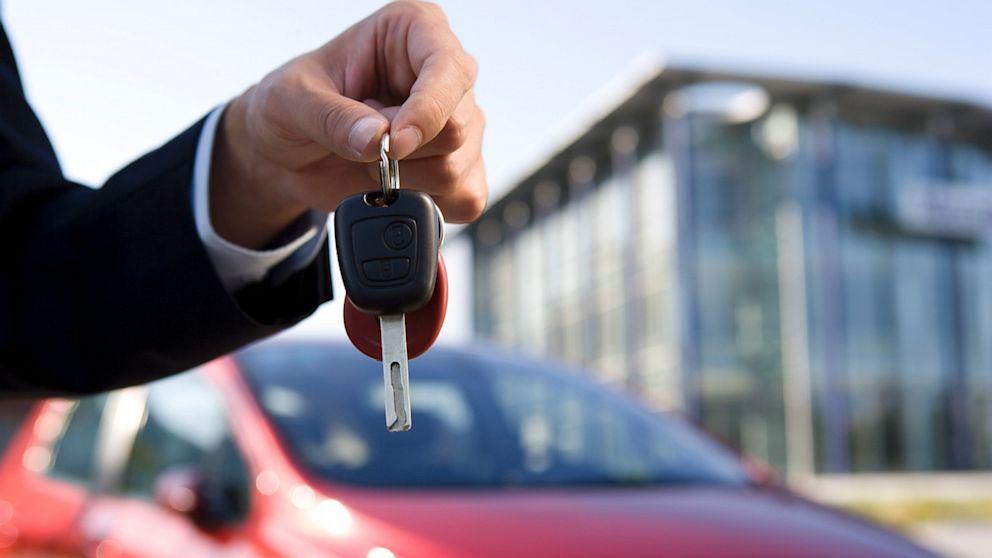
The depreciation rate can significantly impact manufacturers' revenue and business models. Rapid depreciation might mean an increased churn of products, which could yield more sales as consumers need to replace obsolete gadgets, or conversely, it may lead to a lack of trust and, therefore, reduced sales.
Manufacturers need to be wary of how depreciation affects their warranty services and, in turn, their reputation. Offering warranties for products that rapidly depreciate could become a financial burden.
Furthermore, rapid depreciation and the subsequent high turnover of products could also contribute to environmental degradation if proper recycling and disposal processes are not in place. Therefore, the manufacturers are responsible for maintaining a balance between producing cutting-edge devices and ensuring they do not depreciate so rapidly as to become a problem for the consumers and the environment.
Strategies to Minimize Depreciation Rates
Several strategies can help both consumers and manufacturers minimize the impact of depreciation. For consumers, a primary approach is to invest in quality over quantity. Opting for well-designed, robust electronics that meet individual needs can outlast multiple cheaper, lower-quality gadgets and mitigate the effects of depreciation.
On the other hand, manufacturers can invest in creating durable and upgradable products. Designing devices easily upgraded to newer technologies can significantly decrease the depreciation rate as the device's relevance is prolonged. Furthermore, offering robust after-sales service and making spare parts readily available can ensure the device is in action for longer.
Therefore, while the depreciation of electronic devices is an almost unavoidable empirical fact, strategic choices and actions from both consumers and manufacturers can significantly mitigate its negative impacts on the economy and the environment.
